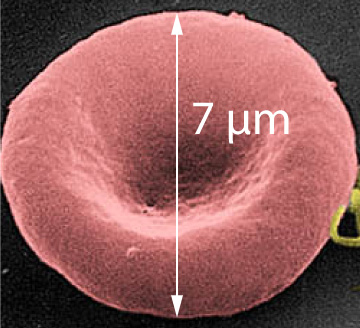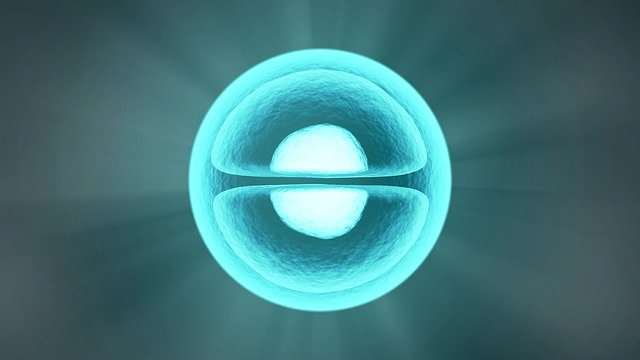|
Essential idea: The evolution of multicellular organisms allowed cell specialisation and cell replacement. | ||
1. This image is of a light microscope.
When observing cheek cells using a light microscope the following actions should be carried out: I. Place microscope slide on the stage |
Thebiologyprimer CC-BY-SA 1.0 |
|
Which is the correct order of actions when trying to focus on the cells?
|
||
2. To view the cheek cells the student used a x10 Eyepiece / Ocular lens and a x40 Objective lens.
|
|
|
What was the magnification of the cheek cell as seen using the microscope?
| ||
3. Using a light microscope, a student viewed some red blood cells. To see the cells clearly the student used a X 10 eyepiece and a X 40 objective. How big will the actual image of the cell be when seen using these lenses? |
 |
|
|
||
4. The cell theory states that
...
|
||
5. A student observes the following features under the microscope. Which of these observations supports cell theory?
|
||
6. Viruses infect cells and replicate themselves by utilizing various enzymes and cellular components of their host cell. Does viral replication support the idea of cell theory?
| ||
| 7. The rate at which substances can cross the plasma membrane at the surface of a cell depends on its surface area. The surface area (SA) to volume (V) ratio is therefore very important.
For cells to stay alive which SA:V ratio do they require?
| ||
8. Select the INCORRECT statement in the following:
| ||
| 9. Stargardt disease is an inherited disorder of the retina which may lead to blindness. Patients with Stargardt’s disease may be treated using retinal cells developed from embryonic stem cells.
This type of treatment is known as ...
|
||
| 10. Stem cells may be obtained from the umbilical cord of a new born baby.
Why is this a good process for obtaining stem cells? I. The cells can easily be obtained and stored |
 |
|
|
||